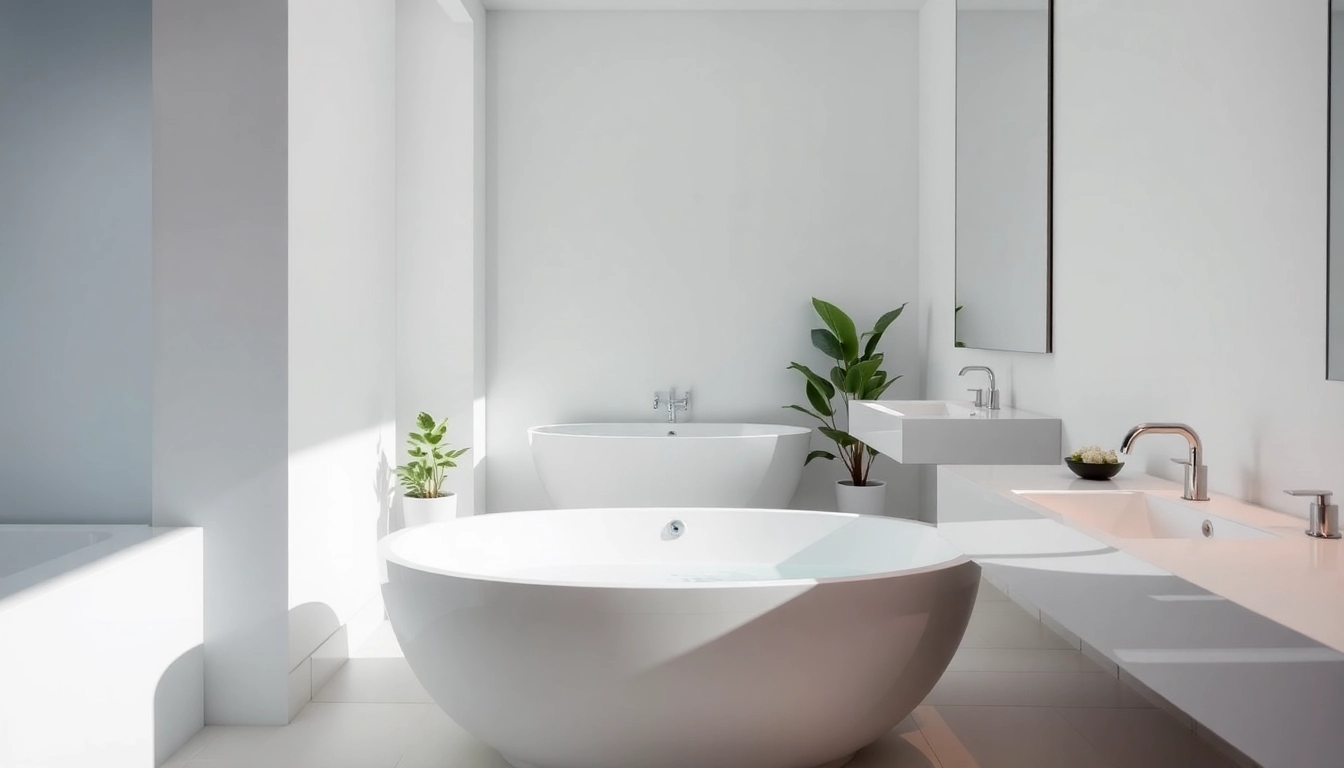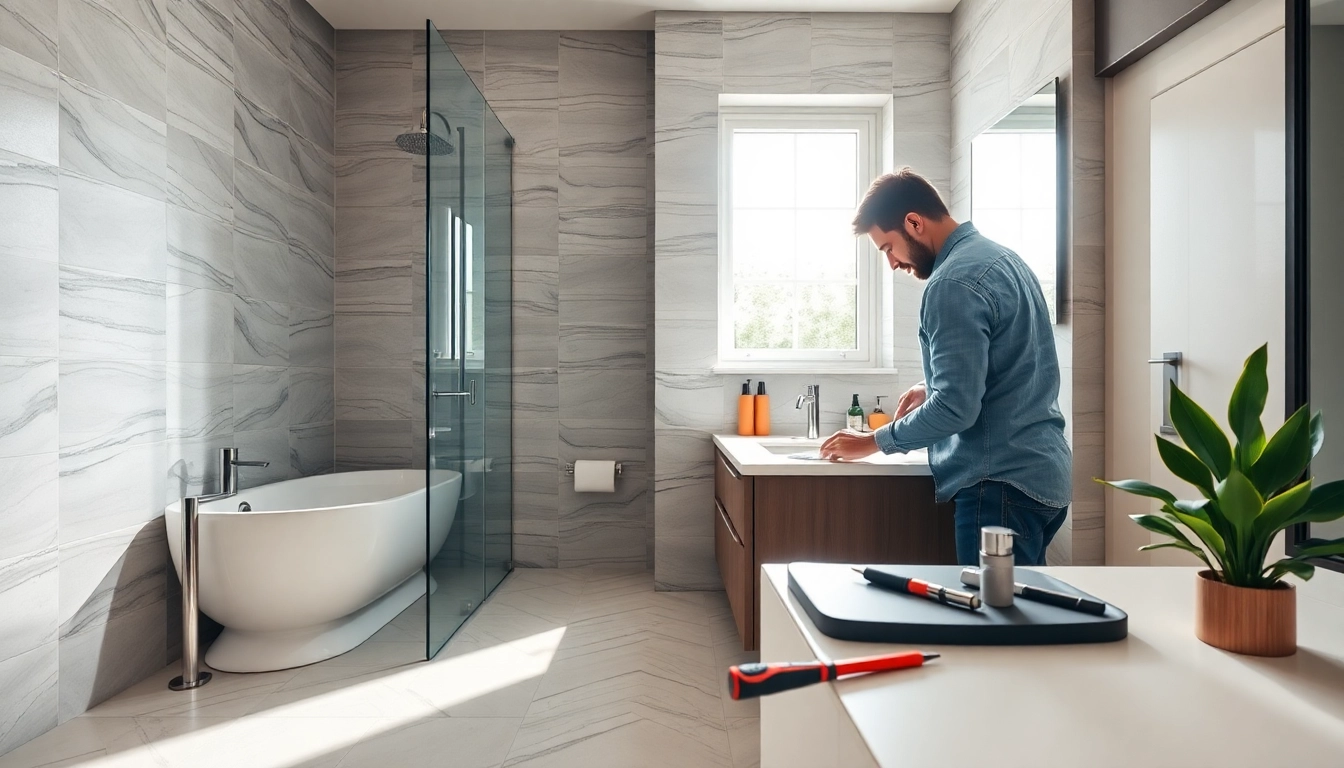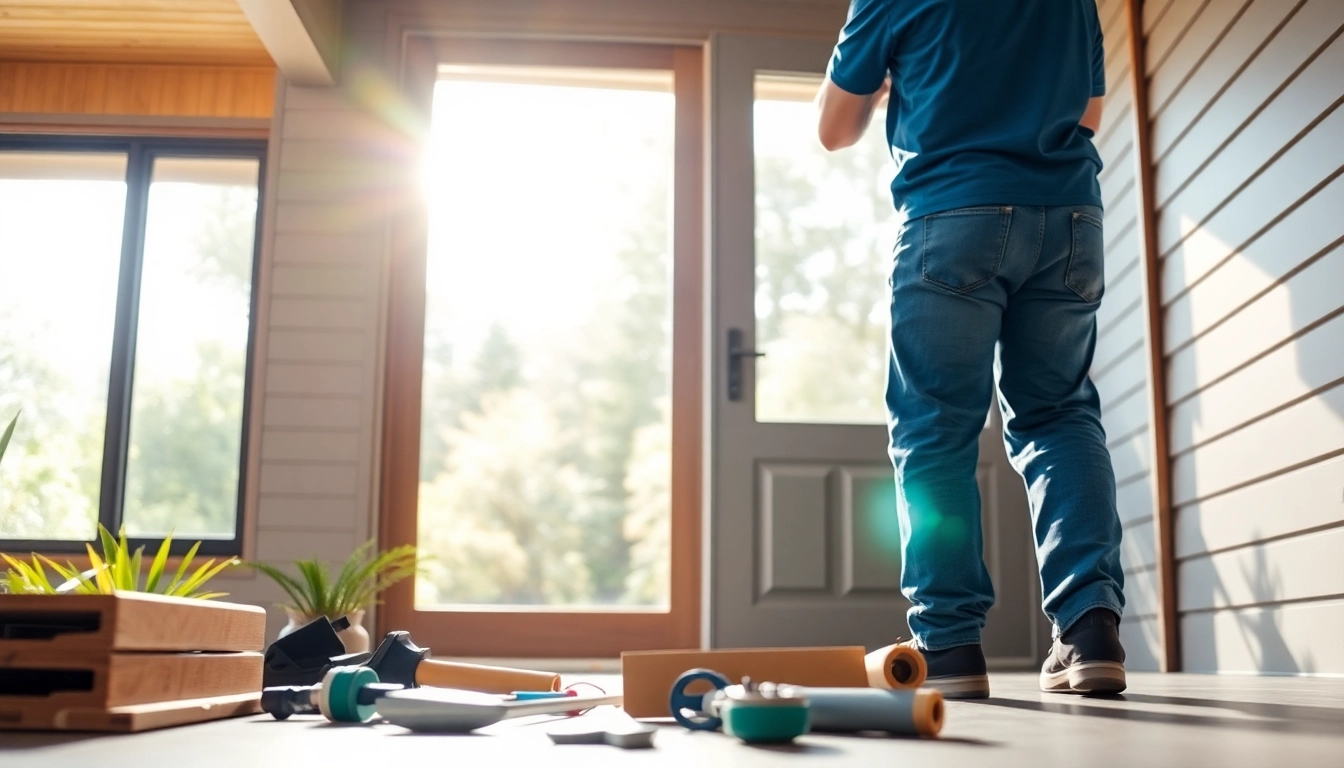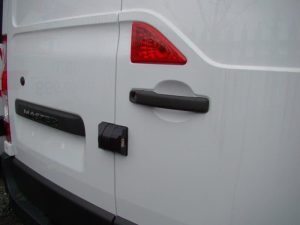Bathrooms Redefined: Essential Tips for Your Bathroom Remodel Bathtub
Understanding the Importance of a Bathroom Remodel Bathtub
Embarking on a bathroom remodel, particularly focusing on the bathtub, is not merely about aesthetics; it’s a transformative journey that encompasses functionality, comfort, and personal expression. An upgraded bathtub can serve as a luxurious retreat, enhance the bathroom’s overall appeal, and significantly boost your home’s resale value. The process requires careful planning and deliberation to ensure that your investment pays off, both in enjoyment and practicality. In this article, we will explore the multifaceted benefits of transitioning your bathtub, discuss contemporary trends, and offer essential tips for selecting and implementing a remodel that aligns with your vision. Notably, if you’re considering a bathroom remodel bathtub, understanding these pivotal aspects is vital for achieving a successful outcome.
Enhancing Functionality and Style
A bathroom remodel focusing on the bathtub can radically transform the space. The right bathtub not only improves the room’s aesthetic but also enhances its functionality. Modern bathtubs come equipped with features like built-in storage, adjustable showerheads, and even therapeutic functionalities such as whirlpool jets. These innovations are designed to cater to various user needs—from relaxing baths after a long day to efficient cleaning processes for families with children.
Additionally, there is a wide array of styles to choose from, including freestanding tubs that offer a spa-like feel, alcove tubs that fit snugly into existing spaces, or corner tubs that optimize even the smallest bathrooms. Choosing a style that complements your home’s architecture while reflecting your personal taste is crucial to achieving a cohesive and inviting bathroom environment.
Common Challenges in Bathroom Remodeling
While the benefits of remodeling your bathtub are substantial, the process is not without challenges. For instance, homeowners often face issues related to space constraints, plumbing configurations, and budget limitations. Understanding these challenges can prepare you for the journey ahead. Here are some common issues you might encounter:
- Space Limitations: Small bathrooms may pose challenges in fitting modern tub designs. It’s essential to measure your available space accurately and consider what type of tub will work best without compromising movement.
- Plumbing Issues: Depending on the type of bathtub you select, existing plumbing may need to be adjusted or modified. This situation can add to costs and timelines, so factor this into your planning.
- Budget Overruns: As with any home renovation, it’s easy to underestimate costs. Establish a realistic budget early on, accounting for materials, labor, and unexpected expenses.
Key Trends in Bathtub Designs
The world of bathtub design is ever-evolving, with new materials, shapes, and features pushing the boundaries of traditional bathrooms. As homeowners increasingly seek personalized and unique designs, several key trends have emerged:
- Freestanding Tubs: Elegant and versatile, freestanding bathtubs serve as stunning focal points in any bathroom setting. Their ease of placement provides opportunities to experiment with different layouts.
- Hydrotherapy Features: As wellness continues to be a priority, bathtubs equipped with jacuzzi-style jets and spa functionalities have surged in popularity, catering to those seeking relaxation and relief from stress.
- Smart Technology: Modern bathtubs now come with integrated smart technology, allowing homeowners to control temperature settings, water intake, and even lighting through smartphone applications.
- Sustainable Materials: Eco-friendliness is an increasing concern among homeowners. Many are opting for bathtubs made from sustainable materials like recycled acrylic or natural stone, which align with their environmental values.
Choosing the Right Bathtub for Your Space
Once you’ve realized the importance of a bathroom remodel catered towards the tub, the next step is selecting the right bathtub that complements your space. The decision-making process encompasses various factors including style, size, material, and personal preferences.
Types of Bathtubs: Pros and Cons
Understanding the different types of bathtubs available is crucial for making an informed decision. Each type offers unique advantages and drawbacks:
- Alcove Bathtubs: Pros: Space-efficient, easy installation, and typically cost-effective.
Cons: Limited aesthetics and less flexibility in design. - Freestanding Bathtubs: Pros: Aesthetic appeal and flexibility in placement.
Cons: More expensive, and may require more space. - Corner Bathtubs: Pros: Perfect for smaller spaces and maximizes room use.
Cons: Difficult to clean and may not be ideal for everyone. - Drop-In Bathtubs: Pros: Highly customizable and can be integrated into different designs.
Cons: Installation can be costly and labor-intensive.
Measuring Your Bathroom for Optimal Fit
Before purchasing your new bathtub, accurate measurements are vital. Improper dimensions can lead to installation headaches and visual mismatches. Here are some tips:
- Measure the length, width, and height of your current bathtub space.
- Consider the doorways and stairways for access; your new tub must fit through these openings.
- Factor in any surrounding fixtures, such as vanities and toilets, to ensure a comfortable space.
Material Options: What to Consider
Bathtubs are made from various materials, each with unique properties. Here’s a breakdown of the most common options:
- Acrylic: Lightweight, easy to clean, and available in various colors, but prone to scratches.
- Cast Iron: Extremely durable and retains heat well; however, it is heavy and may require additional support.
- Fiberglass: Cost-effective and lightweight, but less durable over time compared to acrylic.
- Stone or Composite: Offers a luxury feel and unique aesthetics but can be heavy and come with a higher price tag.
Planning Your Bathroom Remodel Budget
Budgeting is one of the most critical parts of your bathroom remodel. A well-prepared financial plan can prevent unexpected issues and ensure you can realize your design goals.
Estimating Costs for Different Bathtub Types
The cost of a bathtub varies significantly based on its type, materials, and added features. Here’s a rough breakdown of what to anticipate:
- Alcove bathtubs: $300 to $1,500
- Freestanding tubs: $700 to $5,000 or more
- Corner tubs: $600 to $3,500
- Drop-in tubs: $800 to $4,000
Installation costs might range from $500 to over $2,000 depending on plumbing and structural requirements.
Hidden Costs to Watch For
When planning your bathroom remodel budget, it’s essential to consider potential hidden costs. Some of these might include:
- Permits required for plumbing or structural changes
- Unexpected repairs related to plumbing or electrical systems
- Costs associated with the removal of the old tub
- Upgrades to fixtures or fittings that may be necessary with the new tub
Maximizing Value from Your Investment
To ensure you receive the best return on your investment, consider these strategies:
- Opt for mid-range options that offer good quality without luxury prices.
- Consider the long-term durability of materials to avoid frequent replacements.
- Think energy-efficient appliances and fixtures that will save on utility bills over time.
- Consult with professionals for design ideas that incorporate resale value improvements.
Design Ideas for Your Bathroom Remodel Bathtub
Your bathtub remodel offers a fantastic opportunity to showcase your design preferences. Here, we’ll delve into various ideas that effectively blend aesthetics with functionality.
Incorporating Modern Aesthetics
Modern design embraces simplicity, minimalism, and clean lines. When remodeling your bathtub area, consider the following:
- Monochromatic Color Schemes: Opting for varying shades of the same color can create a cohesive look.
- Natural Elements: Complement your bathtub with materials like wood and stone, which add warmth and texture.
- Geometric Shapes: Using angular designs in fixtures or tiling can complement the shapes of modern bathtubs.
Balancing Comfort and Functionality
Your bathtub should be a haven of relaxation, but it should also meet daily needs. Here’s how to strike the right balance:
- Incorporate built-in shelves or niches for easy access to bath products.
- Select a tub that offers therapeutic features like adjustable jets or heated surfaces.
- Enhance comfort with added features like a slip-resistant surface or ergonomic design.
Using Color Schemes to Enhance Atmosphere
Color plays a pivotal role in setting the mood of your bathroom. Here are some ideas:
- Soft Blues and Greens: Create a tranquil, spa-like atmosphere.
- Warm Neutrals: Establish a cozy, welcoming feel perfect for relaxation.
- Bold Accent Colors: Add pops of color through accessories, towels, or wall art without overwhelming the space.
Implementing Your Bathroom Remodel Successfully
Once you have your design and budget figured out, it’s time to implement the remodel. Ensuring that the process runs smoothly requires careful planning and decision-making.
Hiring Professionals vs. DIY Tips
While a DIY approach can save money, know when it’s wise to hire professionals. Factors to consider include:
- Your proficiency in plumbing and electrical work
- The overall complexity of the project
- Time constraints and your ability to manage the renovation process
If you choose to go the DIY route, research thoroughly, and consult with experts when needed. There are many online resources, including tutorials, that can guide you effectively.
Timeline Expectations for Your Project
Establishing a realistic timeline is key to a successful remodel. Here’s a step-by-step guideline:
- Planning and Design: 1-2 weeks
- Demolition: 1 week
- Plumbing and Electrical Work: 1-2 weeks
- Installation of the Bathtub: 1 week
- Finishing Touches and Cleanup: 1 week
In total, expect around 4-6 weeks for most bathroom remodels, depending on the specifics of your project.
Post-Remodel Maintenance Tips
After your remodel, maintaining your bathtub is essential to preserve its beauty and functionality. Here are some maintenance tips:
- Regularly clean your bathtub with non-abrasive cleaners to prevent build-up.
- Inspect for any leaks around fixtures or plumbing connections.
- Ensure proper ventilation to prevent mold and mildew in the bathroom.
- Consider periodic deep cleanings or professional services for thorough upkeep.














Post Comment